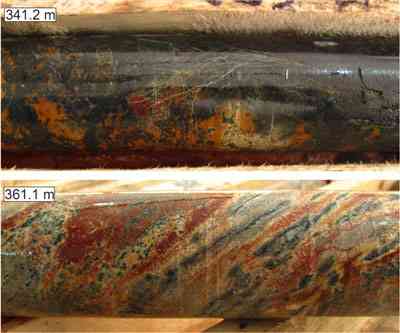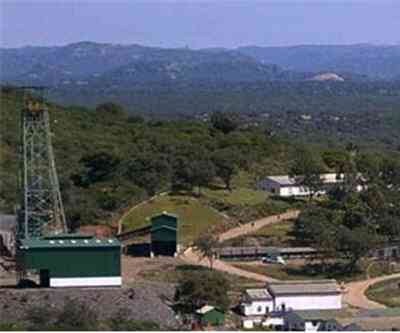Leanne Bellegarde, lawyer, member of the Kawacatoose First Nation in Saskatchewan, and director of aboriginal strategy for Potash Corp of Saskatchewan Ltd., argues that in order to take advantage of the large aboriginal population in Saskatchewan looking for work, mining companies must recognize the needs of their potential employees and engage them in such a way that they develop into suitable workers.
“It would be really easy to say that we have hundreds of jobs, please apply, and walk away,” says Ms. Bellegarde. “It’s another to ask, ‘How many people do you have in your communities . . . and what do we need to work with you to ensure that they will be qualified applicants?’ ... That’s the conversation we get into.”









